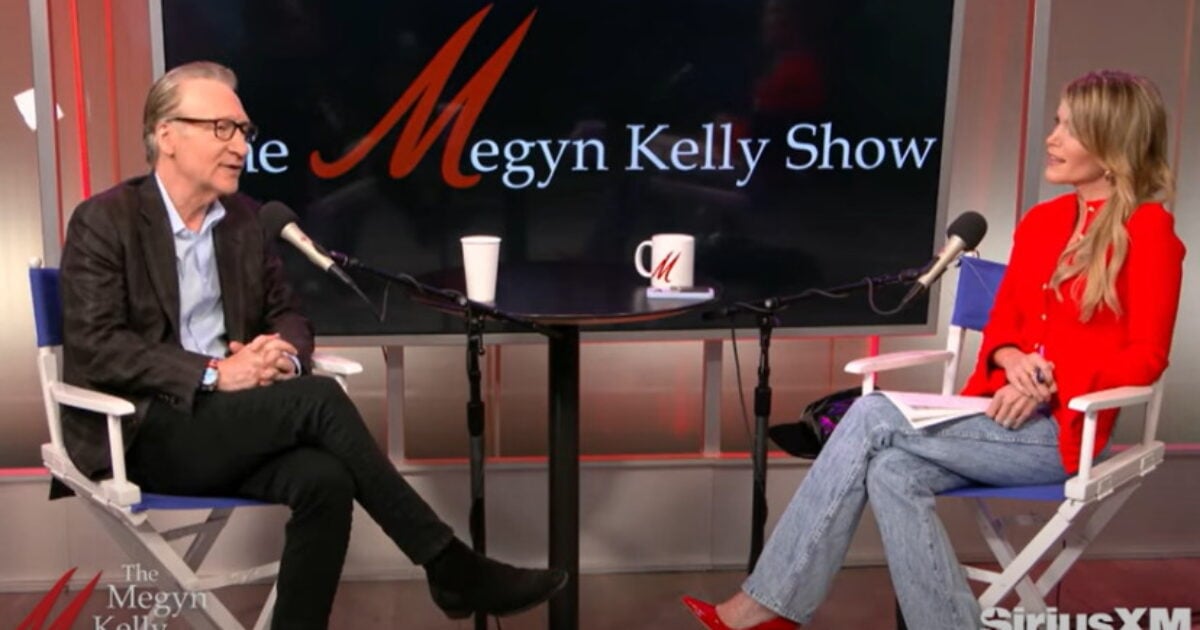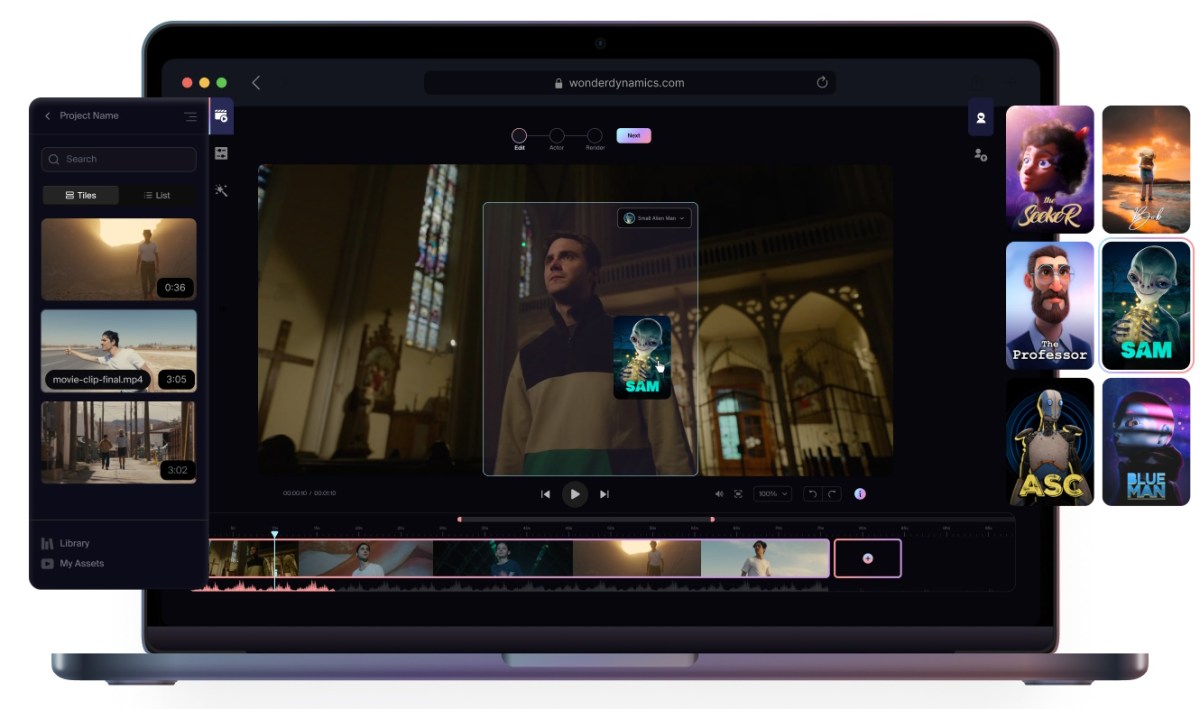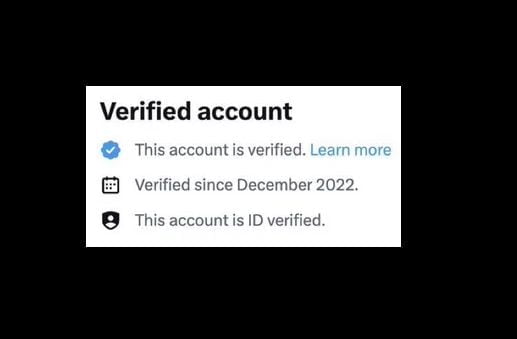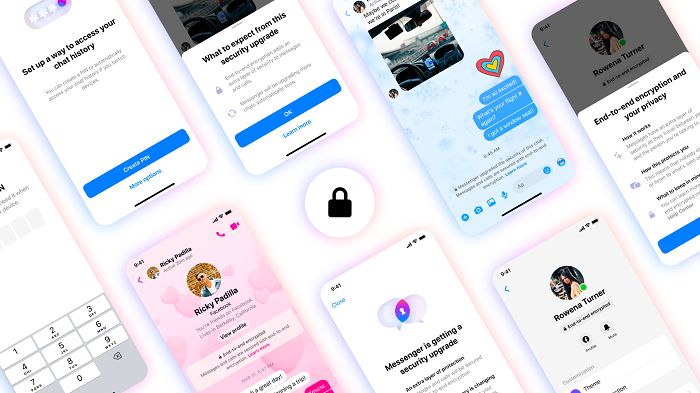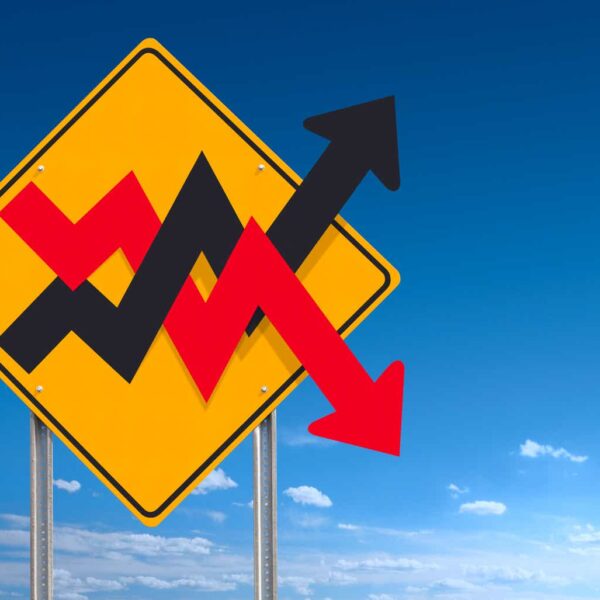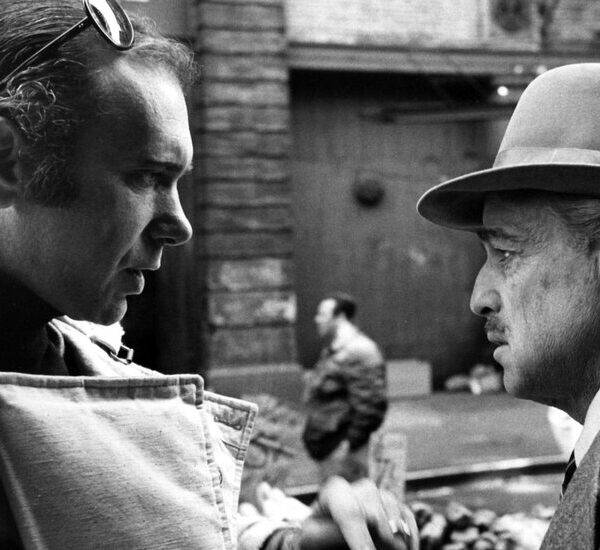A big change is coming for YouTube creators, with YouTube now rolling out its new process that will indicate the specific times of violations in your uploads, so that you can address demonetization and restriction concerns.


As you can see in this example, soon, creators will be able to get a listing of the exact time stamps within their clip where YouTube has detected a violation, along with a note of the specific policy in question.
As explained by YouTube:
“The way this will work is that when a creator uploads a video using our Self-Certification process on web uploads, and that video receives a yellow icon, they’ll have the option to appeal, and have one of our experts review the video. When that review is complete, the issues our expert found that led to a yellow icon (for either Limited or No Ads) will appear for the creator in Studio, alongside timestamps of where in the video they appeared.”
So you’ll now be able to go to the exact point in question, and review the violation, while the indicators will also note if the video’s title or thumbnail is a problem.
YouTube also notes that, in some rare instances where a violation has been detected, your appeal won’t actually return any time stamps. This is not an error, YouTube says that this indicates that the content throughout the whole video is potentially in violation of its rules.
“For example a video that is a detailed, first person account of topics like child sex abuse and self harm would fall into this category under our “Controversial Issues” guidelines.”
So if you submit an appeal and get no timestamps, that means the whole clip is questionable, and likely not monetizable under YouTube’s regulations.
YouTube says that this new, more specific process has been in a limited pilot program for some time, and it’s now ready to be expanded to all creators. YouTube also says that this has been one of the most requested updates from its creator community.
YouTube does note, however, that you can’t resubmit your video for another appeal if you remove the violations (yet). So, theoretically, you would need to re-edit and reupload to address the identified concerns.
The process is also not available as yet for videos that don’t go through Self-Certification, including mobile uploads, though YouTube says that it is working to expand it.
This is a big update for YouTube, as creators have long had issues with its demonetization and violations process. YouTube’s system has always been somewhat opaque, making it difficult for creators to stay within the rules, when they can’t see what the violation was, but now, you’ll have specific guidance, and notes, to point you to the issue.
It could be a major change for many creators, though it’ll be interesting to see whether it addresses their concerns, as many hope, or it adds new challenges.
On another front, YouTube’s also now testing AI-generated instrumental soundtracks for Shorts, via its Dream Track option.
YouTube initially launched Dream Track in November last year, which enables creators to simulate songs featuring AI-generated voices of artists that have chosen to participate in the experiment. But now, YouTube will also enable creators to generate instrumentals for their clips, in various genres.
“Creators in the new experiment group can enter English-only text prompts and select a music genre (pop, hip hop, country, etc.) to generate 30-second, non-looping instrumental soundtracks.”
That could be a good way to create unique audio accompaniments for your Shorts (depending on the outputs), while those clips would also be copyright free, providing a simple way to add another element to your Shorts clips.

